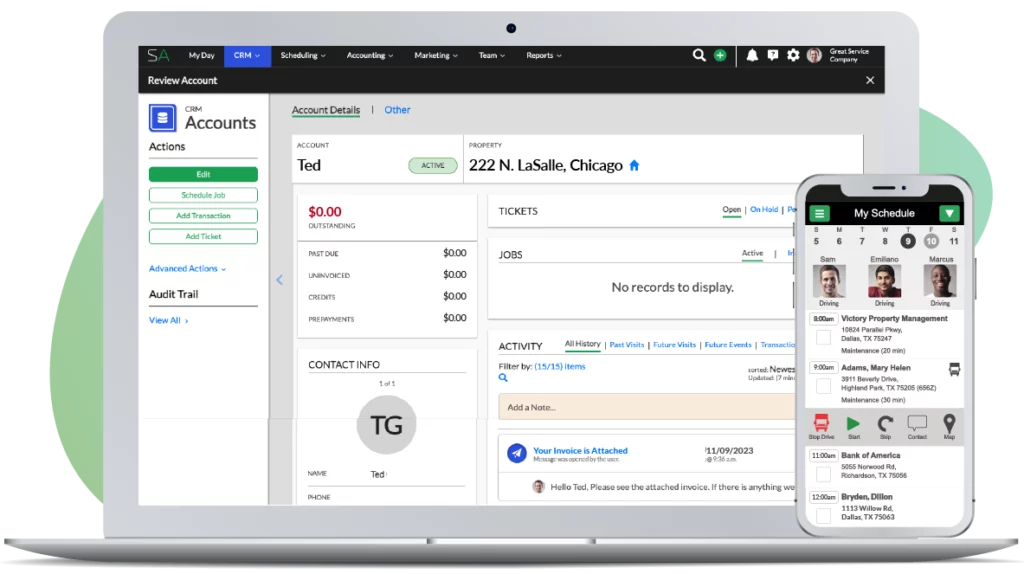In this video, Jonathan explains why creating an organizational chart is important to the growth of your business.
This is an idea for larger companies. This will resonate more if you are running a bigger operation…probably in the multi-million dollar range. It doesn’t only have to be an exercise for someone that’s running a multi-million dollar company, you could absolutely find value in this at seven hundred and fifty thousand and above. I’ve historically been fairly negative on things like mission statements and organization charts and employee handbooks and all of that. I won’t even go into why. However, I am coming around to some of these items, not all of it, but some of them in a different version and something that I’ve been working on more recently is a functional organizational chart.
This is a scenario where you basically go through and you think about all of the roles in the company that you have now and what you’ll need in the next couple years imagining where you’re going, so it’s based on your plan. If you’re at a million and you’re going to two, okay what roles will that create inside your company. You lay all of these out, for sales and marketing, for finance, for the leader of the company, sort of the CEO role for the operation side of the company, for the COO, for HR, things of that sort, ans you lay it out. Then you have your field, of course, and you lay that out as well.
What you do is you think through, let’s just use sales and marketing, you think through all of the functions within sales and marketing. You’ve got to have your marketing people to create your blog posts. You’ve got to have your marketing people to run your online marketing. You’ve got to have design people for your website. You’ve got to have your people to do print marketing.
Now, some of these people will be internal people, some of these people will be vendors that you outsource things to. If you go through each of your major areas, as I described, you think about the big functional areas under CEO, under COO, under sales and marketing. You make that list and then you start to put names to that list of the people that work in the organization and currently fill that role. What you’ll find is some of those people do way too many things. You’re going to have to get a lot of stuff off their plate if you want to scale the company.
You’ll also find that you have a lot of gaps, especially if you’re going from one million to two and you’ve got all of these things you’ve got to do to get there and you’ve got nobody’s name next to that thing. That starts to show you where you have gaps in your organization where you’re going to have to hire somebody to come in and fill those gaps so they can handle that functional area of the business. Or, you’re going to have to hire a contractor or a vendor to fill that spot versus an in-house employee.
I have a different view of the organizational chart now. I spent a lot of time in the very beginning of CitiTurf creating an operational chart and writing out the roles and responsibilities of each function only to find I wasted a lot of work on that not to really use it. I think that what I’ve just described is way more usable. What it does is it highlights in your mind where you have people doing too many things and it highlights in your mind where you have holes and gaps that you have to fill in. Then, based on your plan that you’ve made of where you want to go in the next year, two, three years, you can figure out who you’re going to have to hire to fill these slots and you can back into your plan and figure out when you’re going to need them.
If you know that to go from one to two million, you’ve got to start doing pay per click advertising, I’m going to stick with my sales and marketing idea here for a moment, you know that you need somebody to go strike strategic relationships with companies in your marketplace. You have nobody’s name in that area and you know that, for example, striking strategic relationships, if you feel you’re guessing that’s worth three hundred thousand to you over the course of a year, and you need that three hundred thousand to hit that goal, then you better start that right now. You can’t wait until August to start doing that because they won’t be able to bring in the three hundred thousand.
Hope that made sense, in terms of what I just said. My point is when you find these gaps and you compare them to your goal, your revenue goal, or growth goal or whatever it is, you can then back in to your plan and figure out when you need to hire people. It also can show you where you’re unrealistic. If you make a plan to go from one million to two million and you back into that plan and say you’ve got to hire nine people right now and that’s going to cost you five hundred and fourteen thousand in labor and expense and burden and all of that. If you don’t have that kind of money and you can’t do it, well then, your plan isn’t realistic to double this year, you don’t have enough cash, you don’t have enough money in the bank to do it. Then, you can revise that plan or you can get creative to figure out how to pull it off.
It’s quite telling. It’s a telling exercise. It’s one worth considering and it’s an alternative approach to the traditional building of an organization chart for your business.



